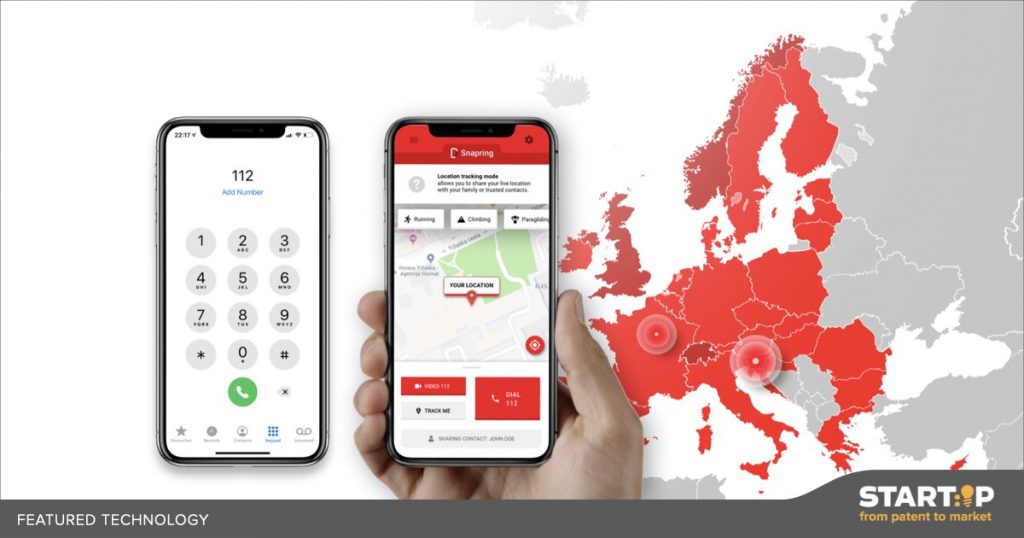Access to emergency services can mean the difference between life and death, but efficient access to help is more than dialing 112. What if you couldn’t speak the language, don’t know where you are, or have a hearing disability? This app solves these issues by automatically sending your location to 112 services, works across borders, and supports other means of communication besides the traditional voice call.
START:IP
Technology Abstract
The Pan-European Emergency App
Universally accessible Emergency Services App for European countries
Bookmark1
The single European emergency number 112 is a robust and standardized system for emergency calls in the European Union. However, accessing 112 continues to rely predominantly on voice communication and doesn’t always supply accurate caller location. The new European Accessibility Act mandates member states to provide universal access for emergency communications by mid-2022, and various mobile 112 applications attempt to ease this transition. However, the market remains unregulated and is heavily fragmented. It suffers from numerous offerings of limited and regionally restricted applications that can be difficult to use in emergency situations. This app bridges this gap by providing reliable and convenient access to 112 services anywhere in Europe, and beyond. It works in a completely seamless and automated manner by detecting an ongoing 112 call and dispatching the user’s location to the first responders without requiring any kind of interaction with the application. Furthermore, it complements existing emergency calls with a red button emergency call, real-time text messages, video communication, and is extensible with automatic translation and sign language interpretation support. It is based on the European Telecommunication Standards Institute’s Pan-European Mobile Emergency Apps (ETSI PEMEA) architecture and complies with the European Emergency Number Association’s (EENA) certification requirements. Besides providing accurate caller location using hybrid positioning methods, the app also allows users to designate their safety (ICE – in case of emergency) contacts and offers an active tracking mode as a precaution during high-risk activities. Taken together, the solution aims to ensure inclusive, efficient access to emergency services and provides accurate geolocation data of the emergency events. It helps governments, public safety institutions and telecom operators maintain legal compliance. It reduces healthcare costs covered by the insurance companies. But most importantly, it helps save lives.
If you click the button and fill out the form to be “matched” with a technology, we will introduce you to the scientist / transfer manager of the respective research institution. In this way, you immediately have the chance to receive more detailed information and to start discussions about a possible joint project.




